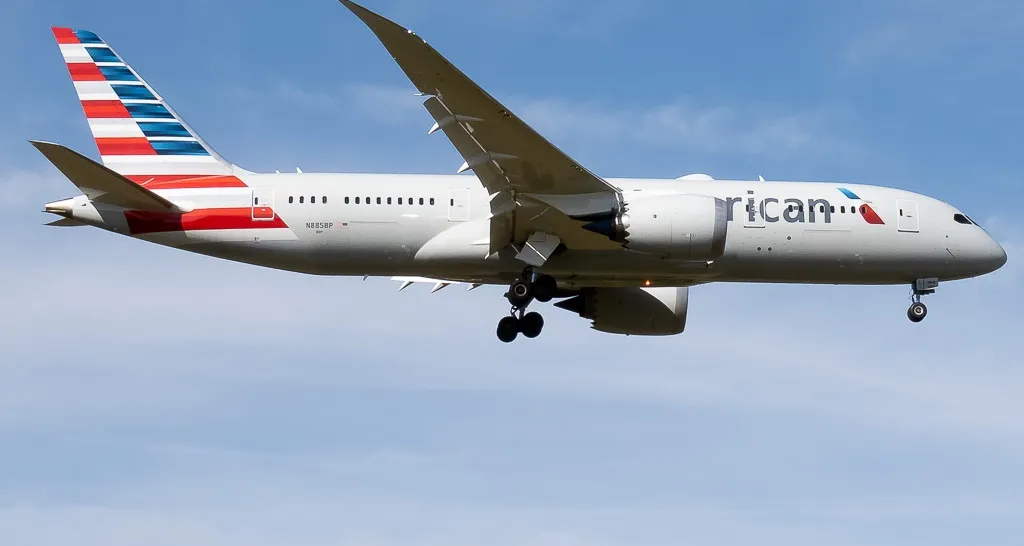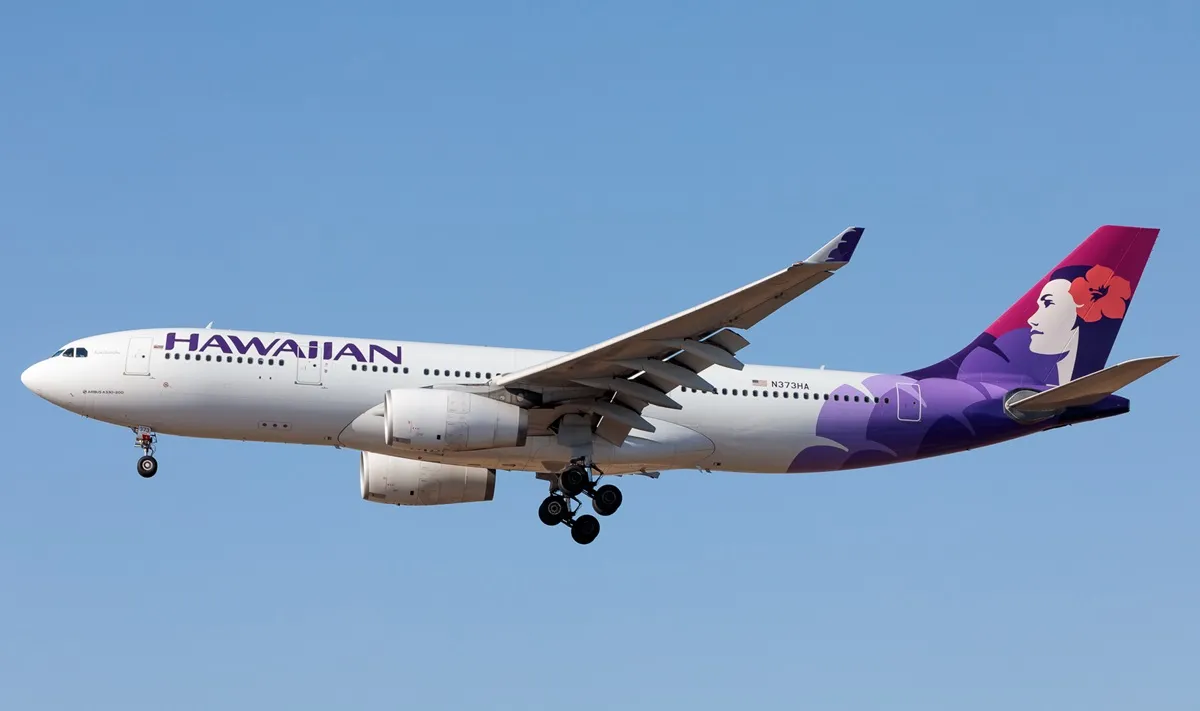
Boston Logan International Airport, a bustling gateway to New England, is known for its unique location, complex air traffic, and the strategic operation of its six runways. This complexity was highlighted just last week when two separate go-around procedures were executed to prevent potential collision—a testament to the airport's robust safety protocols and the critical split-second decisions made by air traffic controllers and pilots.
While such incidents command attention, they're relatively rare given the airport's sophisticated runway system and management. Each runways plays a significant role in managing the daily influx of flights, catering to commercial, private, and even military aviation needs.
The configuration of these six runways, designated as 4L/22R, 4R/22L, 9/27, 14/32, 15L/33R, and 15R/33L, allows Logan to maintain efficient operations in various weather conditions and wind patterns, ensuring both safety and operational efficiency.
Boston Logan International Airport features six runways ranging in length from 2,557 to 10,081 feet, allowing for a variety of aircraft and flight operations. The runways are oriented in three principal directions, with each terminal aligned with a specific magnetic heading to accommodate the area's complicated wind patterns.
- 4L/22R and 4R/22L: These parallel runways are one of the most frequently used and accommodate most of the airport’s takeoffs and landings. Runway 4R, the longest at just over 10,000 feet and approximately 150 feet wide, is uniquely positioned with the Port of Boston’s main shipping channel directly off its end. This channel, feeding into the Paul W. Conley Container Terminal, is vital for the New England economy as it handles goods brought in by multiple shipping companies, according to The War Zone.
- 9/27: Located parallel to Boston Harbor, Runway 9/27 is primarily used for takeoffs due to its orientation and length, though certain conditions may permit landings. Runway 27 is used for both departure and arrival, while Runway 9 is used for departures only.
- 15L/33R and 15R/33L: These runways handle both departures and arrivals. Runway 15R-33L is the longest runway at Boston Logan, while Runway 15L/33R is the shortest.
- 14/32: At only 2,557 feet, Runway 14/32 is the shortest and sees limited use. It’s often reserved for smaller aircraft and private flights.

According to the airport's 2024 Runway Use Report, from January to August this year, Runway 04R emerges as the primary arrival runway, handling 52,065 landings, while Runway 9 serves as the preferred departure route with 49,814 takeoffs. Runway 22L also shows significant traffic, managing 38,875 arrivals.
Runways 4L/22R and 4R/22L are generally preferred because they align with the predominant winds, providing safer and more stable landings. In contrast, crosswind runways like 15R/33L are often used in clearer weather conditions or when wind direction shifts.
At Boston Logan International Airport, the preferred runway configuration is northeast-southwest-northwest (NE-SW-NW) based on the area's prevailing winds. The prevailing winds in the Boston area are westerly, with northwest winds in the winter and southwest winds in the summer. The runways at Boston Logan are operated in four primary patterns, each dependent on wind direction, to optimize safety and efficiency:
- Northeast Winds: Arrivals on 4L and 4R; departures from 9, 4L, and 4R.
- Northwest Winds: Arrivals on 33L, 32, and 27; departures from 33L and 27.
- Southeast Winds: Arrivals on 15L and 15R; departures from 15R, 14, and 9.
- Southwest Winds: Arrivals on 22L, 22R, and 27; departures from 22L and 22R.
Boston Logan's proximity to densely populated areas and Boston Harbor poses unique challenges. The airport’s location on the coast results in highly variable wind conditions, which are often far from ideal for landing and takeoff. Several factors are considered, including wind direction, visibility, and overall weather, when selecting a runway to use. Air traffic controllers must balance these considerations with noise abatement concerns, coordinating flight paths to reduce disturbances to neighborhoods around East Boston, Winthrop, and Revere.
Boston Logan has implemented Engineered Material Arresting Systems (EMAS) on some runways to improve safety, according to Runway Safe Group. EMAS consists of a bed of crushable materials located at the end of a runway, designed to slow down and stop an aircraft that has overshot. These systems are installed on runways where space constraints prevent the construction of standard safety areas, helping prevent accidents without major structural changes.
The ongoing efforts to reduce noise in surrounding neighborhoods demonstrate Logan’s commitment to balancing operational demands with community welfare. Through innovative flight procedures, the airport puts efforts into minimizing disruptions in East Boston, Winthrop, and Revere, fostering better relationships with local communities affected by the airport’s busy schedule.
MIT researchers, in collaboration with the Federal Aviation Administration and Massport, have developed new flight procedures to reduce aircraft noise over communities near Boston Logan Airport while improving or maintaining fuel efficiency. Over six years, MIT's ICAT explored technical solutions and worked with local communities and stakeholders to design four low-noise procedures for FAA implementation.
One key procedure, implemented in 2021 for runway 33L, uses Required Navigation Performance (RNP) technology to guide aircraft on curved approaches, reducing noise exposure for around 2,954 people by avoiding direct overflight. Another procedure for runway 22L, set to begin in 2024, uses an RNAV approach over water, which is projected to spare 131,892 people from 50 or more daily overflights above 60 decibels. These innovations aim to balance operational needs with community noise concerns.



